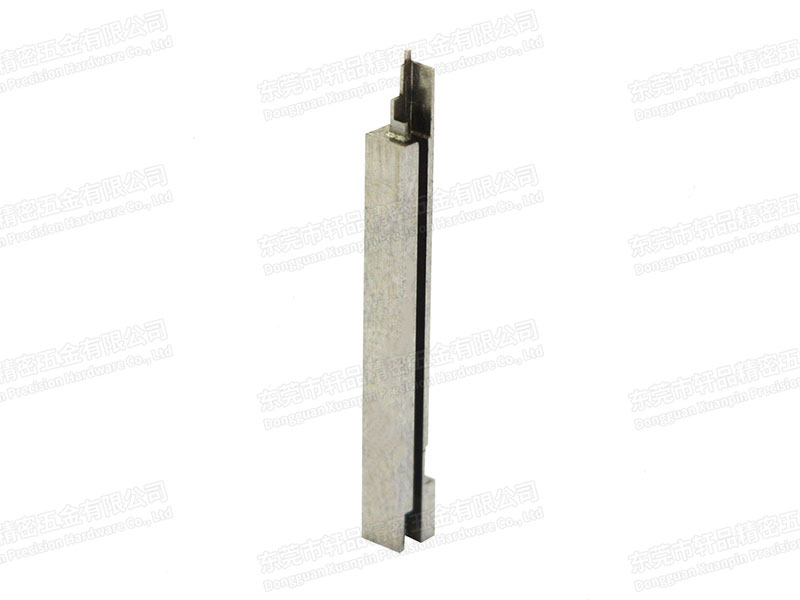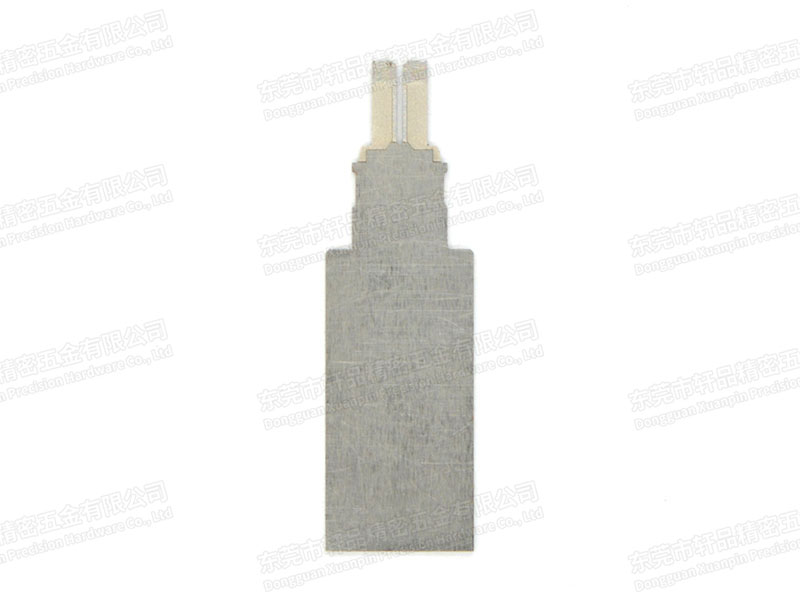The manufacturing quality of precision mold components directly impacts the quality of the final product. This process is closely linked to the rationality of mold design and the precision of mold manufacturing. This requires strict control of the component ratios during production, and precise adjustment of various influencing factors in the processing process based on mold design parameters. The following details several key quality control points in precision mold component manufacturing, which are integrated throughout the entire mold design and manufacturing process:

connector mold part
1. Optimizing Production Process Design
The production of mixtures for precision mold components is a fundamental step in mold manufacturing, encompassing three core steps: batching, wet grinding, and spray drying. Quality control of mixture production requires strict adherence to mold design precision standards, effectively controlling key parameters in these three steps. For cemented carbide, internal quality control focuses on total carbon content, grain size, and internal structural stability, which directly impact whether the component can meet the structural strength requirements of the mold design. External quality control focuses on the processability of the mixture, specifically whether the material's flowability and bulk density meet the standards, which are crucial for the subsequent molding results. Currently, the batching and mixing stages are key areas for control, and control of the spray drying process is equally crucial.
2. Ensuring consistent cutting dimensions
With the rapid advancement of technology, precision mold components are evolving towards ultra-fine and ultra-high precision, placing higher demands on both the detailed accuracy of mold design and the processing capabilities of mold manufacturing. During processing, specialized tools are often required to cut components into specific shapes, and the cutting dimensions must strictly conform to the mold design drawings. Due to the tiny dimensions and stringent precision requirements of these components, cutting accuracy requirements are constantly increasing to ensure product quality meets mold assembly requirements. This is a critical step in ensuring overall precision in mold manufacturing.
3. Selecting high-quality blades for processing
In the current precision mold component manufacturing process, blade quality directly impacts mold manufacturing efficiency and accuracy. Manufacturers typically use a variety of blades for cutting, but existing blades present numerous issues. Furthermore, due to differences in mold design, different precision mold parts have varying processing precision requirements and extrusion volumes. Existing blades struggle to fully meet these requirements, potentially impacting overall mold manufacturing quality.
XP Mold is deeply engaged in the fields of mold design and mold manufacturing, and has extensive experience in precision mold components. Relying on a professional team and sophisticated equipment, we can accurately transform design standards into manufacturing results, making us a reliable choice!

